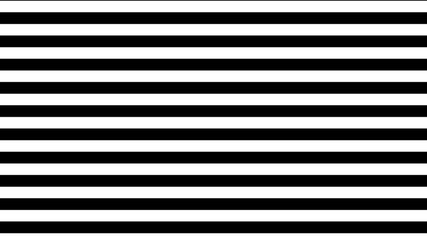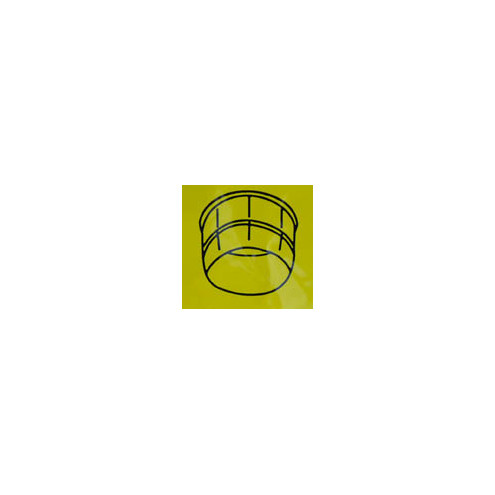
Over the next 15 to 20 days, Bill expedites the process by giving the base of each bottle a shake and a quarter-turn. It’s during this time that the bottles are turned upside-down and placed at a 45- to 60-degree angle in a riddling rack, where gravity takes over and the yeast and fining agents work their way down into the cup-like, bidule insert.

“But I like to go about nine months, because the longer you’re willing to let it sit on the lees, the better the flavor development.” A small, plastic plug, called a “bidule” is then inserted into the mouth of the bottle and topped with a crown cap.Īs the yeasts turn the sugar into alcohol they release carbonation, a process Bill says that takes about three months to complete. And because you’re adding sugars that will be converted into alcohol during the second fermentation you want to start with a base wine that’s lower in alcohol…(we use) 11.5 to 12.5 percent to begin and no more than 13 percent in the finished product.”ĭuring the second fermentation, sugar solution, a fresh culture of yeast, and a few other fining agents – to prevent the yeast from sticking to the inside of the bottle – are added to the finished wine. “Preserving the acids is important to the body of the sparkling wine. “You want to start with a wine that’s a little bit lower in sugar and a little bit higher in acid,” notes Bill. The basic process begins with a simple, but significant difference: a slightly less-ripe base wine.

There’s also the more labor-intensive process of making these wines, which oftentimes needs to be reflected in the price. “People have a lot of preconceived notions (‘It gives me a headache’)” that they’ve had to overcome. “Sparkling wine can be a challenging wine to sell,” says Bill. Over the last five years, the Kimmerlys have sharpened their sparkling winemaking skills with good success, but not without a few bumps along the way. “He said, ‘We have a winery association … would you like to join our meeting?’ Right there, it was such a different experience for us in Whatcom County than in Prosser … and it felt great.” “I received a call from Ken Peck (then of Blaine’s Dakota Creek Winery),” Bill recalls. That turned out to be a short-lived experience after the doors opened on Masquerade’s Bellingham tasting room in 2011. However, I really didn’t know any other wineries other than Mount Baker Vineyards.” “Bellingham was at the top of my list because I had lived there as a youth and really liked the area,” says Bill, “and it was also closer to my core of friends and family. While there, they used the opportunity to build up a small inventory for their own winery, which was the first to open in the Winemaker’s Loft in Prosser in 2007.ĭuring their three-year term at the Loft, and with the help of a partner winery that provided the disgorging equipment, they made their first sparkling wine “Effervescing Elephant I.” They then looked west to relocate, with Woodinville and Bellingham as the strongest candidates. “It was really the Burgundian Pinot and Chardonnay, and Champagne – the wine and the regions – that lit the fire under me.”Īfter returning to the States and trying their hand at home winemaking, the Kimmerlys took on an alternating proprietorship with Forgeron Cellars in Walla Walla in 2004, where they made their first commercial vintages.įorgeron winemaker, “Marie-Eve (Gilla) was such a gracious host, really helpful … and a great mentor,” notes Bill. “He treated us like one of the family … and I went away with such great detail on how you go from base wine through the Methode Champenoise process, I said, ‘I can do this!’” Bill recalls.


 0 kommentar(er)
0 kommentar(er)
